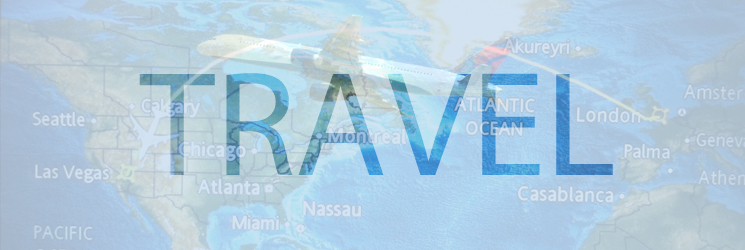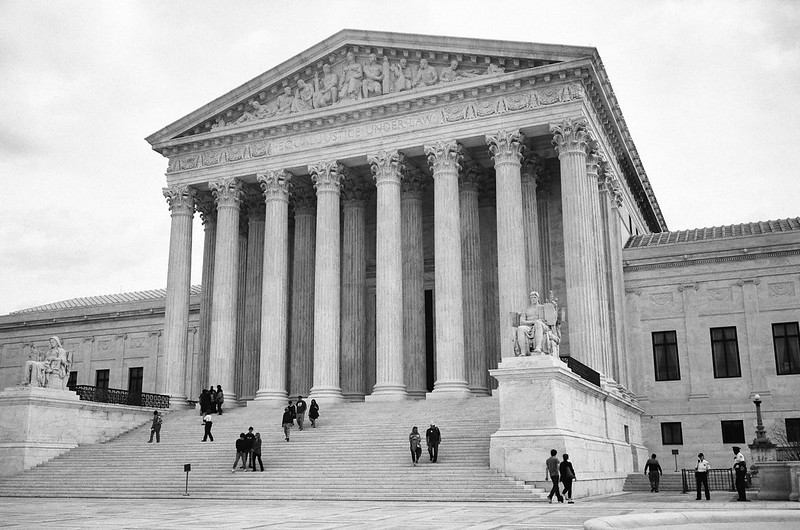The problem of human trafficking – including sex trafficking – is unfortunately persistent and growing in the Muslim world and elsewhere. Simply put, human trafficking is modern day slavery, driven underground because of the legal barriers and social stigma involved in slavery itself.
The victims of human trafficking live in our suburbs as domestic servants, work on our farms as migrant laborers, and are forced into prostitution and pornography in our cities. They are among us, but they are often unnoticed. Once in a while a story emerges; however, that captures the headlines and brings attention to particular cases. Last year, for instance, the media focused on the story of the Subhanis, a wealthy Indian couple from Long Island, who were convicted and sent to jail for enslaving and torturing two Indonesian women. For five years the Subhanis forced these women to work long hours, starved them, and made them sleep on mats on the floor. They were kept away from visitors, slashed with knives, burned with cigarettes, and force-fed chili peppers. The Subhanis were ultimately sent to jail, and their victims were given trafficking visas and awarded nearly $1 million in back wages.
Although the story of the Subhanis is no longer a focus of the media, the problem of human trafficking is persistent and growing. To really understand sex trafficking in the Muslim world, as is the purpose of this series, it is necessary to first get an understanding of the overall problem of human trafficking. Simply put, human trafficking is modern day slavery.
Before slavery was abolished, slave owners were able to legally purchase and own human beings. Businesses used slave labor openly and without facing the recriminations of consumers. Of course, slavery is no longer legal, and most consumers would hesitate to buy products or services produced by slaves. Because of the legal barriers and social stigma now attached to slavery, it has gone underground and exists in the form of human trafficking.
Many people are more familiar with the details of the transatlantic slave trade than they are with trafficking as it exists today. This is partly because the word “trafficking” is not commonly understood to mean slavery. Human trafficking is defined in various international and national laws as the recruitment or transportation of individuals, through some use of fraud, force, or coercion, for an exploitative end purpose. This often results in individuals being forced to perform agricultural labor, domestic work, or forced prostitution or pornography. People who are trafficked are not allowed to leave. This inability to leave, this imprisonment, distinguishes them from people who are also exploited in sweatshops and factories and paid menial wages.
While trafficking victims are forced into work that is not exclusively sex-related, sexual abuse and exploitation are often involved. This is because 80% of the victims of trafficking are women (PDF). Though sex trafficking and labor trafficking are characterized differently, the distinction between the two is blurred by the fact that whenever women are trafficked there is a high incidence of sexual violence (PDF). Unequal access to education, traditional practices, limited possibilities for women to access or own land and property and other forms of gender discrimination increase the vulnerability of women and girls to trafficking.
Human trafficking is primarily carried out by highly organized criminal networks, and the victims are often hidden from view and isolated from society. People who have never seen or worked with victims of trafficking are generally unaware of the huge number of individuals who are enslaved today. According to the United States State Department, up to twenty-seven million people are enslaved today (PDF). Pakistan, India, and Nepal have the greatest number of slaves. In these countries, combined, almost 18 million workers are held as slaves.
The good news is that governments, NGOs, human rights groups, and average citizens worldwide are fighting back. One of their key strategies is to bring attention to this problem, so as to reduce both the supply and demand for the labor and services produced by trafficking. The primary reason that trafficking exists is because of its profitability. The United States State Department estimates that human trafficking generates $9.5 billion dollars in yearly profits (PDF). It is also the largest criminal industry in the world behind drugs and arms trafficking. As stated by former Secretary of State Madeline Albright, “trafficking in women and children has become the world’s fastest growing criminal enterprise.”
The most important way to reduce the number of potential victims is to address the root inequalities that lead to people becoming entrapped in trafficking situations. The main reasons are poverty, poor educational opportunities, and insufficient aid from the state. Instability caused by wars, political unrest and natural disasters further aggravates these factors and increases the pool of available victims. Traffickers with fraudulent promises of jobs, marriages, and educational opportunities lure many people. They are willing to travel long distances with dangerous and unknown individuals because they hope to provide a steady source of income to their families.
Both international and national laws address the need to improve the economic and educational opportunities of those who are most vulnerable and likely to become enslaved. The United Nations Trafficking Protocol requires that state parties address the root causes of trafficking by alleviating poverty, unemployment and other economic and social shortcomings, as well as the lack of rights. In America, one of the main goals of the comprehensive federal legislation called the Trafficking Victims Protection Act (TVPA – PDF) is to prevent the development of trafficking by developing programs to counteract the common reasons for victimization. The TVPA requires the President to implement international initiatives to enhance economic opportunities for potential victims, including programs that provide job training and counseling to adults, and to keep children in elementary and secondary schools.
Another strategy is to spread information in the communities that are most vulnerable. One recurring problem is that even when victims of trafficking manage to escape, they are often too ashamed to return to their families or are fearful of being stigmatized. They are also unwilling to admit that they were mistreated or that they failed to provide for their families as they had promised. Traffickers are therefore able to continue finding victims in these communities. In the United States, where the President is required by federal legislation to devise and implement programs to heighten public awareness of the issue of human trafficking, the government has spent millions on public awareness campaigns. These include billboards at airports and public service announcements to reach victims and reassure them that they will be protected, and warn traffickers that they will be prosecuted.
The other approach is to address the demand for goods created by and services provided by victims of trafficking. This is also a multi-faceted approach. There are global attempts to create and expand existing labor laws to prevent the likelihood of slave labor. Governments are also under pressure to enact and enforce federal and state anti-trafficking laws. Industries that are most often suspected of using slave labor, such as the cocoa, cotton, steel, and diamond industries, are under increasing scrutiny. Consumers are urged to buy Fair Trade certified goods to reduce the demand for goods created from slave labor.
Many national and international groups have been formed to combat trafficking and its root causes. These include human rights groups such as Free the Slaves, Anti-Slavery International, and the American Anti-Slavery Group, which are working on the ground in countries around the world to free enslaved people, advocate for legislative reform, and raise public awareness of the issue. These also include specialized programs at universities which promote the research of trafficking and related issues. For instance, John Hopkins University has a human rights research institute called the Protection Project which addresses the issue of trafficking in persons as a human rights violations, and focuses on protecting the rights of women and children, fostering civil society and NGO development through capacity building and coalition building.
It is heartening to know that in big ways and small, people are standing up to abolish modern day slavery. It is also apparent that any efforts to eradicate sexual trafficking in Muslim countries must exist within the context of addressing this overarching problem of slavery. As the struggle continues, it is incumbent on all of us who have the great privileges of economic advantages, education, and freedom to join in this struggle.
(Photo: Renu Parkhi)
U. Mariam Ahmed is a Contributing Writer to Altmuslimah



